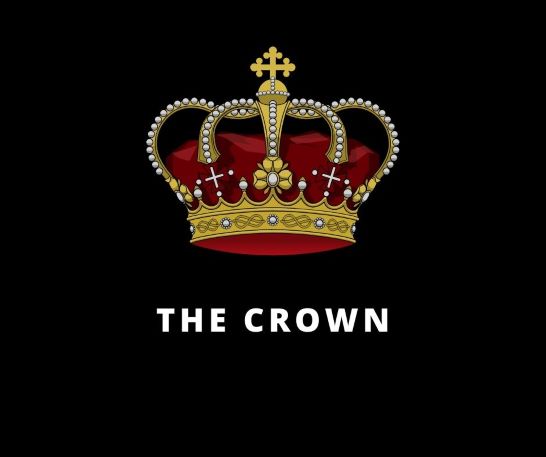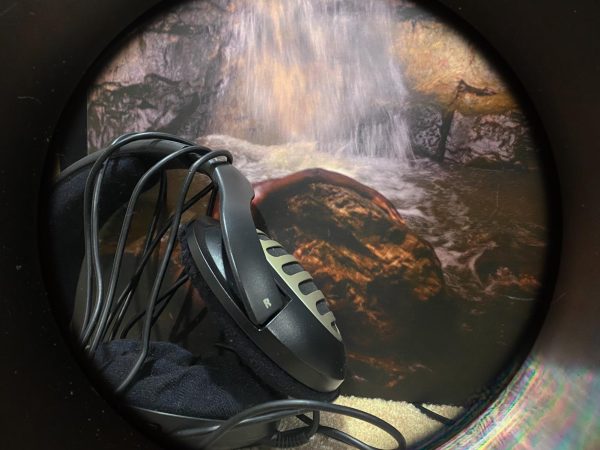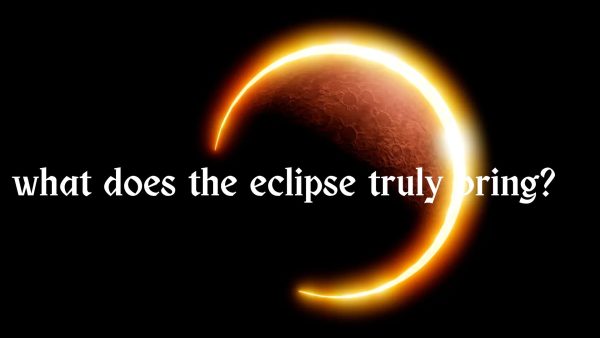The Crown season three takes on troublesome times

The highly anticipated third season of The Crown debuted on November 17 on Netflix. The newest season of the series places a greater deal of focus on the British government and their external issues regarding the people. The Netflix series creatively incorporates historical facts into entertaining information for viewers.
December 8, 2019
After two drama-filled seasons, The Crown released its third season to eager viewers on November 17. The highly anticipated historical drama owned by Netflix sets the first two seasons from 1947 to 1955 and 1956 to 1964 respectively, noting the turbulent time periods of three prime ministers in Queen Elizabeth II’s early years of duty.
The series focuses on the Queen’s ascent to power following the unexpected death of her father King George VI, while also unpacking the struggles she must face as a mother, wife and sister—balancing said roles and trying to keep the country in one piece. The show continued to follow the rocky start of her marriage to Prince Phillip, Duke of Edinburgh. The end of the second season saw tensions rising between Prince Phillip and his son Charles, Prince of Wales, and competition between the Queen and her sister, Princess Margaret, Countess of Snowdon.
While Emmy-winning actress Claire Foy portrayed the Queen alongside other notable actors during the first two seasons, the cast changed to account for the changing time periods.
The trailer for the new season released on October 21, which enticed fans as they prepared for the next round of this emotional rollercoaster ride of a series to take on the next time period from 1966 into the late 1970s. This time, the Queen goes beyond her strained relationships, taking on the time period of the Troubles—a violent time in the Republic of Ireland and Northern Ireland.
Season three started with a new era as the Labour party took control of Parliament and the Queen formed a new Parliament with a new Prime Minister, Harold Wilson. The show touched on the scandal of Sir Anthony Blunt’s involvement with the KGB (secret Russian police) and other Russian spies, discussed the tragic events in Aberfan where more than 100 children lost their lives, and the end of Princess Margaret’s marriage. These sensitive scenes revealed how the Queen lacked the ability to express emotions. This aspect of the show, in particular, allows viewers a glimpse into the life of the Queen and how she deals with outside issues.
As the episodes progressed, the series managed to extend beyond England and include issues in Wales. The series also followed Prince Charles—the heir to the Queen—and his relationship with his family in addition to how he dealt with his place in the royal family. This season revealed a tougher, harsh side of the Queen to viewers through this troublesome relationship with her son.
Towards the end, the series saw a heartwarming conversation between the Queen and her sister and the end of the problematic marriage between Princess Margaret and her husband Tony.
The third season brought scandals, tragedy and a heavier focus on the workings of the British government, a vastly different theme from the previous seasons. Fans saw the struggles of not only the Queen but from those around her as they struggled with their own personal battles. Loyal fans should look forward to the next season of the series as it hopefully progresses.
The Chant’s Grade: A
















